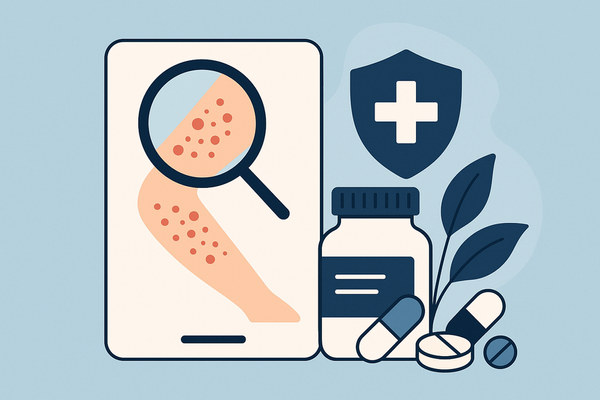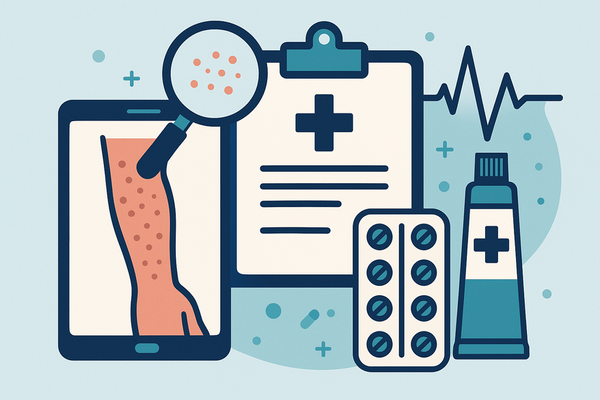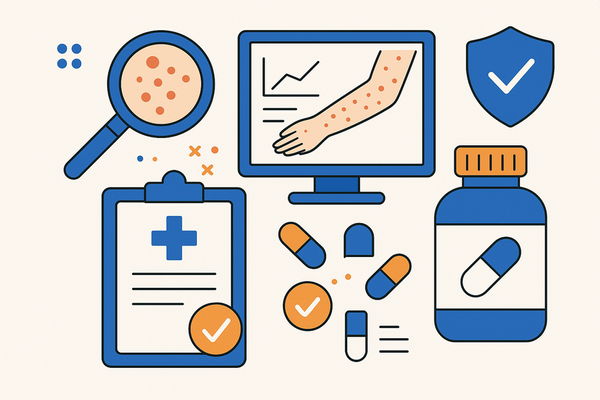Rash App Release Notes: A Guide to Understanding Updates
Discover how to effectively read and use rash app release notes to stay informed about updates, new features, and bug fixes.
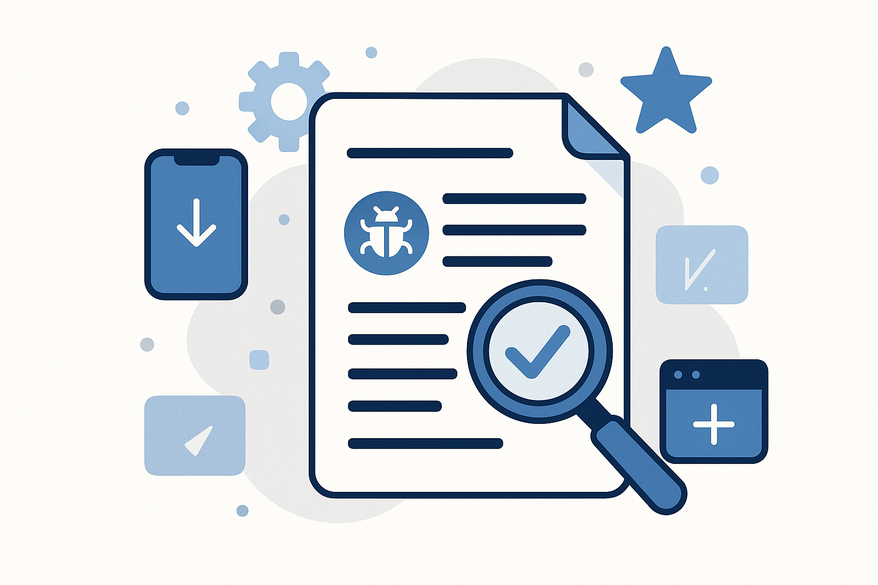
Estimated reading time: 7 minutes
Key Takeaways
- Release notes communicate new features, improvements, and bug fixes transparently.
- Semantic versioning (MAJOR.MINOR.PATCH) clarifies the scope of each release.
- Clear headings and bullet lists help users scan updates efficiently.
- User-friendly descriptions, impact callouts, and known issues build trust.
- Consistent, well-structured logs drive adoption and engagement.
Table of Contents
- Introduction
- Overview of Rash App Release Notes
- Detailed Components of Release Notes
- How to Interpret and Use Release Notes
- Examples of Release Notes
- Best Practices & Additional Considerations
- Conclusion
Introduction
Release notes are essential documents accompanying software updates, designed to keep users informed about changes, new features, enhancements, and bug fixes. Focusing on the Rash App, these records tie directly to the development and update process, detailing every modification since the last version. Well-crafted release notes keep users informed, drive engagement, nurture trust, and ensure seamless adoption of new functionalities.
In this guide, we will cover:
- An overview of Rash App release notes
- The key components you’ll find in a change log
- How to interpret and use update details
- A real-world mock-up example
- Best practices and industry considerations for your own documentation
Overview of Rash App Release Notes
Rash App release notes—also called update logs, version histories, or patch notes—explain what changed and why whenever the app is updated.
Purpose of release notes:
- Communicate transparently what was changed and why, covering new features, enhancements, and bug fixes.
- Build trust by disclosing removed capabilities or new system requirements.
- Encourage users to update promptly and take full advantage of improvements.
Typical content breakdown:
- New Features – Major tools or capabilities added to the app.
- Improvements – Enhancements to user experience, performance, or design.
- Bug Fixes – Resolutions of known issues or glitches.
- Optional: Installation Notes or System Requirements.
Clear headings and bullet lists help users scan quickly for relevant information.
Detailed Components of Release Notes
Version Number
The version number is a semantic identifier (e.g., v2.1.0) conveying scope:
- MAJOR (breaking changes or large feature sets)
- MINOR (non-breaking additions or enhancements)
- PATCH (small fixes or performance tweaks)
Semantic versioning helps users and developers understand the scale of changes at a glance.
Release Date
The release date is the calendar date when the update became available to users.
- Helps users track update recency.
- Allows comparison against issue reports to confirm fixes.
Detailed Descriptions
Each release note item should follow a simple, jargon-free format:
- “Added [feature] to help you [benefit].”
- “Improved [function] for better [outcome].”
- “Fixed [bug] that caused [issue].”
This approach ensures clarity for both technical and non-technical audiences.
Optional Sections
- Impact on Users – Describes how workflows or usage patterns may change.
- Known Issues – Transparent list of any unresolved problems or workarounds.
Benefits to Users
- Awareness of new functionalities – Helps users maximize app usage.
- Troubleshooting – Users know which bugs have been fixed.
- Required Actions – Highlights any settings or permissions updates needed.
How to Interpret and Use Release Notes
Understanding update logs and version histories helps you decide which changes matter most to your workflows.
Key Reading Focus Areas:
- Major Features vs. Minor Tweaks – Assess whether the update affects your daily tasks or is a background improvement.
- Bug Fixes – Check if any issues you encountered have been addressed.
- Performance Improvements – Note backend upgrades that might boost speed, reliability, or security.
Tips for Efficient Reading:
- Scan bolded or bulleted “What’s New” sections first.
- Look for an “Impact on Users” or “Note to Users” callout for critical changes.
- Review “Known Issues” to anticipate any limitations or workarounds.
Using these tactics makes it easy to stay informed without reading every detail in a long change log.
Examples of Release Notes
Below is a real-world mock-up excerpt of Rash App release notes in a clear, scan-friendly format:
Rash App v2.1.0 (July 15, 2025) – New Features • Added “Symptom Tracker” to monitor rash progression in daily logs. – Improvements • Enhanced image upload speed for faster diagnosis and smoother user experience. – Bug Fixes • Fixed a crash when submitting feedback from the support tab. – Known Issues • Some users may experience delayed notifications on Android devices.
Apps like Rash Detector include integrated release logs with each AI-driven skin analysis, giving you context for new features and model improvements.
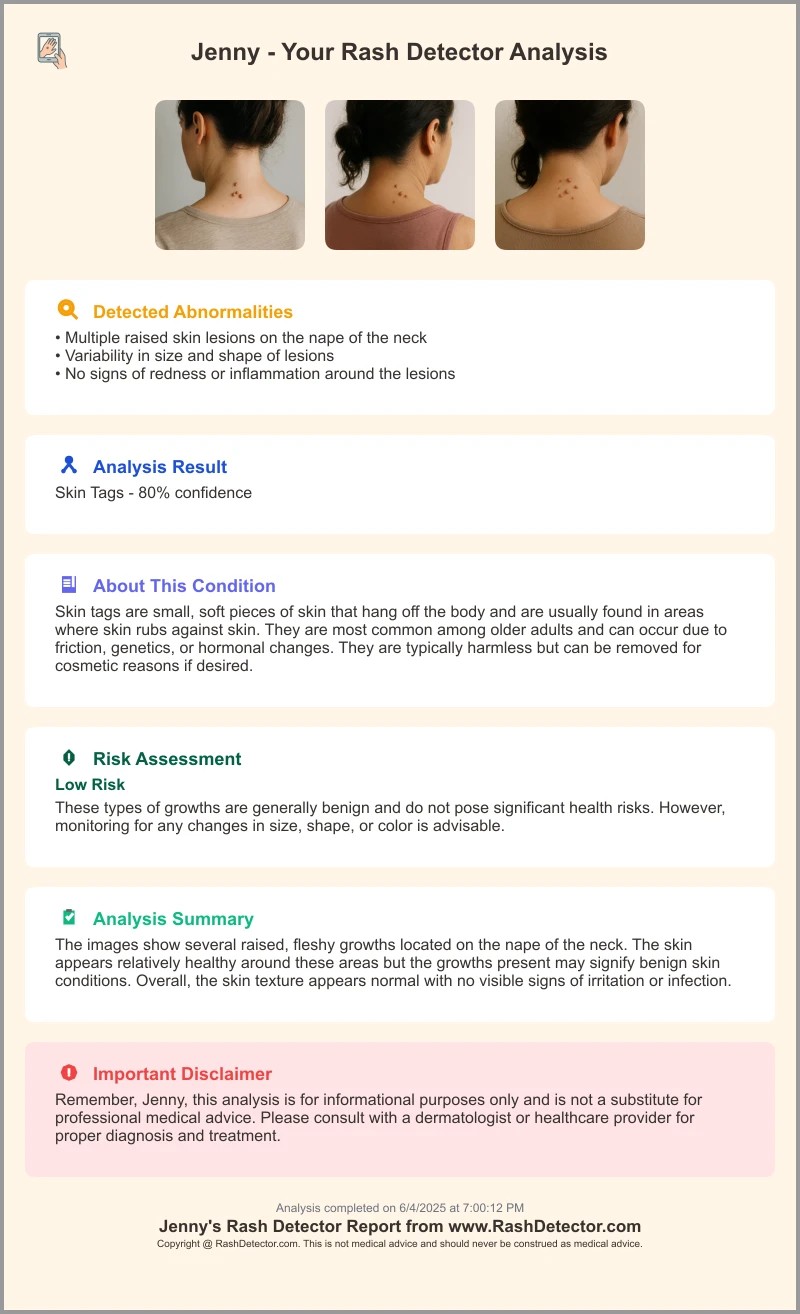
Best Practices & Additional Considerations
To ensure your release notes remain authoritative and user-friendly, follow these guidelines:
Industry Guidelines
- Adhere to semantic versioning (MAJOR.MINOR.PATCH) to indicate the scale of each update.
Transparency
- Define transparency as openly disclosing both fixes and known issues.
- Clear communication builds trust between developers and users.
Feedback Loop
- Encourage users to report issues or request features via an easy feedback link.
- Use this input to guide future updates and fine-tune your release notes.
Additional Tips
- Highlight security or privacy improvements to reinforce trust and compliance.
- Translate release notes into multiple languages if you serve a global audience.
- Archive past release notes in an online changelog or version history page for user reference.
Conclusion
Staying up to date with Rash App release notes helps users leverage new features, avoid surprises, and maintain smooth workflows. Clear, concise release notes foster trust between users and developers, driving adoption and engagement. Check the App Store or in-app Updates section regularly for the latest release details to stay informed and make the most of every update.
For more on recent enhancements, see our deep dive into the latest Rash Detector app update and learn what your AI rash report means.
FAQ
How often should I read release notes?
Ideally, review release notes with every major or minor update. Scanning patch notes can help you spot bug fixes that affect your workflow.
What is semantic versioning?
Semantic versioning uses the format MAJOR.MINOR.PATCH. Increments indicate breaking changes, new features, or bug fixes, respectively.
Where can I find past release notes?
Many apps archive their changelog on their website or within an in-app “Version History” section for easy reference.
Why include known issues in release notes?
Documenting known issues maintains transparency and helps users anticipate potential limitations or workarounds.


